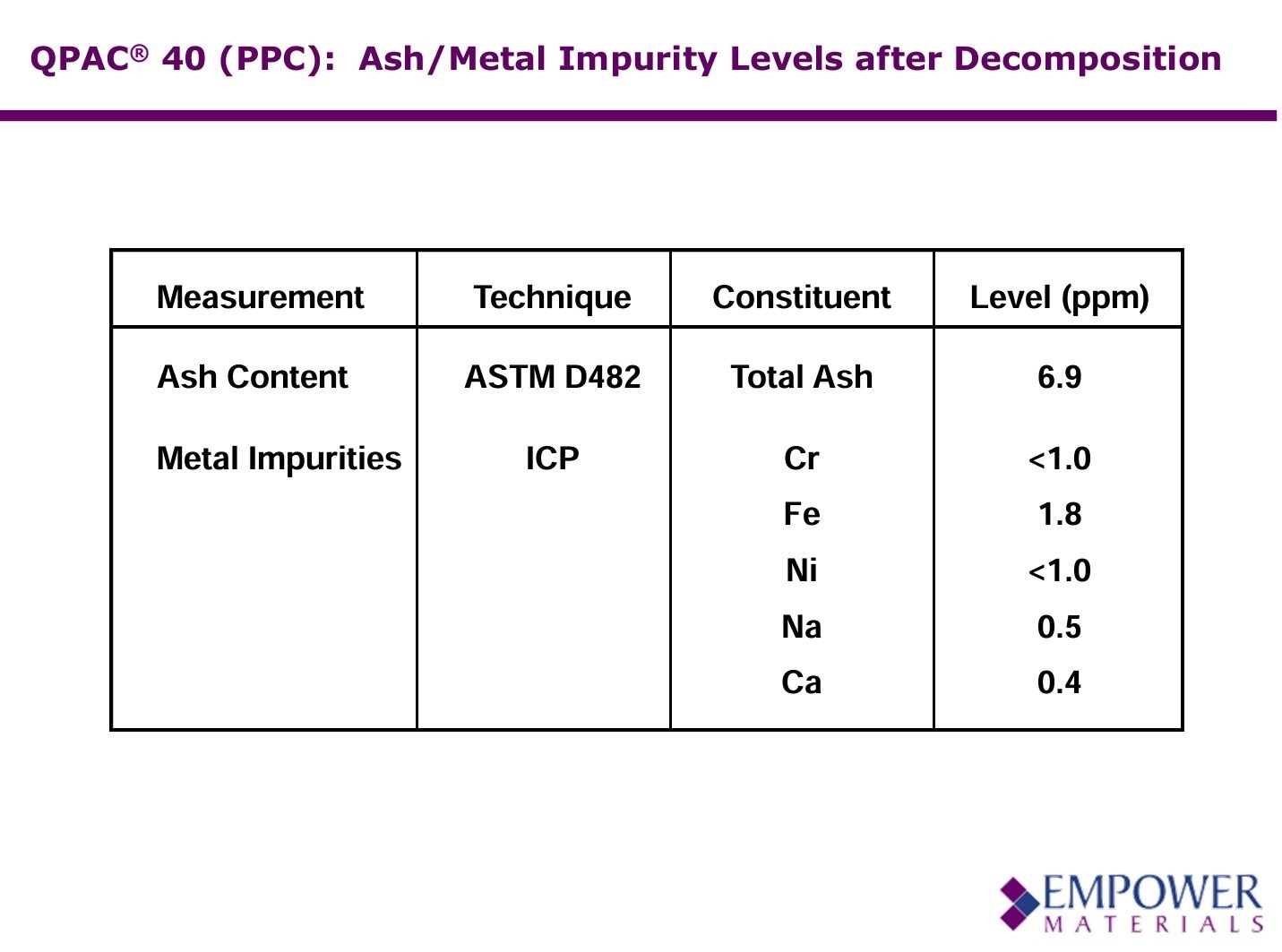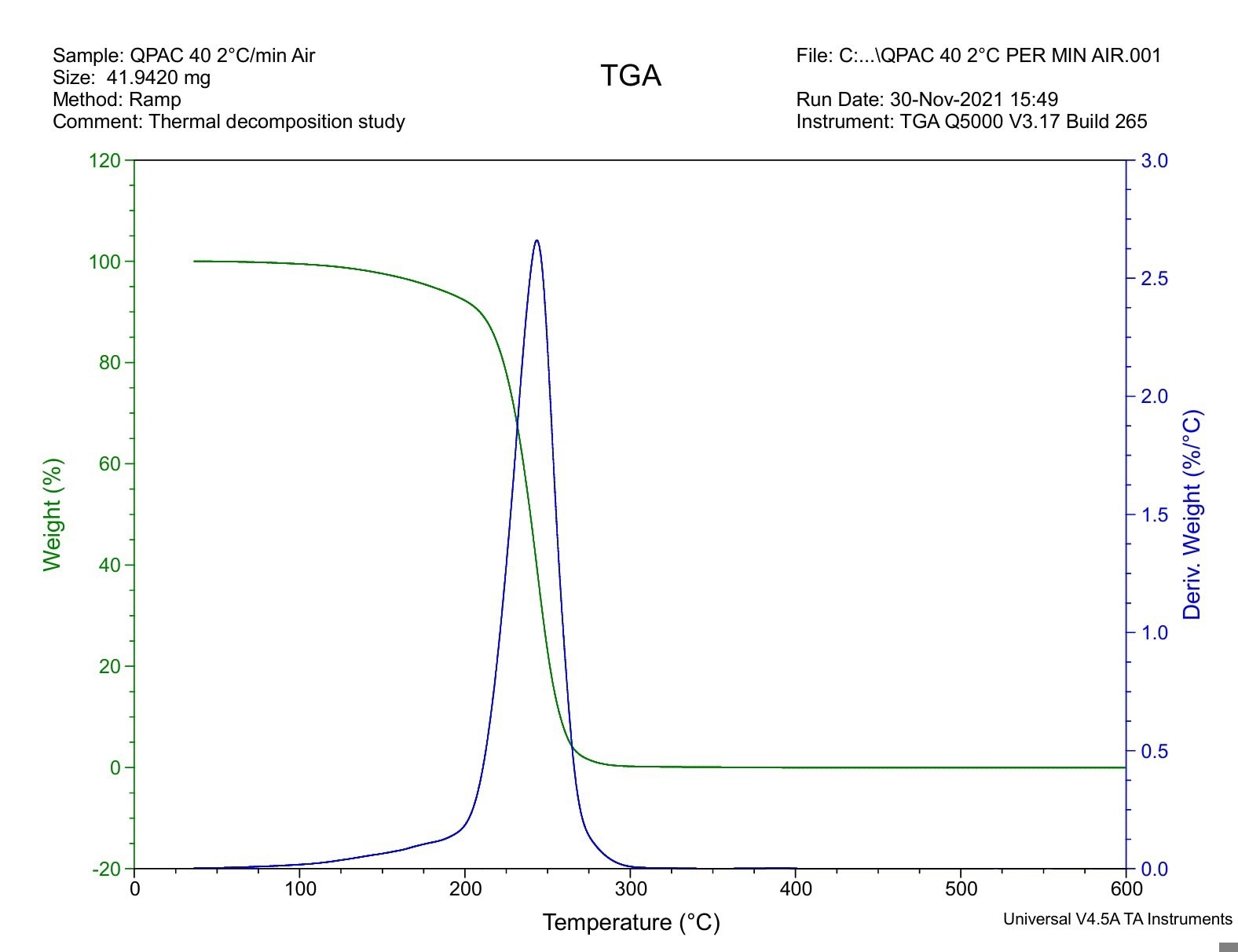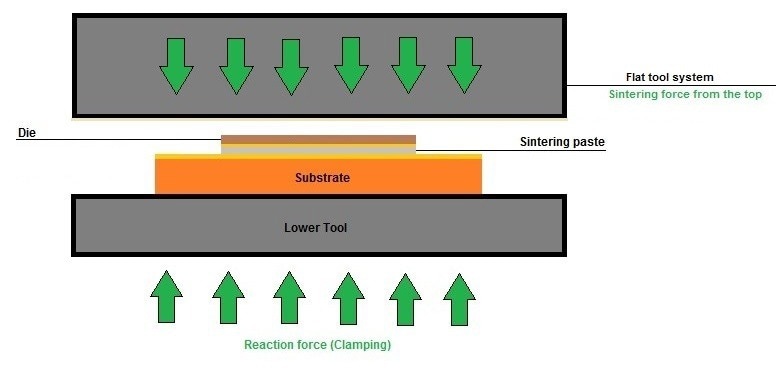QPAC® Polyalkylene Carbonate clean-burning binders are used in a variety of difficult metal paste applications that require low-temperature decomposition with minimal residual contaminants. The Die Attach process, also known as Die Bonding or Die Mount, is one of the paste applications in which QPAC® binders can potentially provide significant benefits due to both of these properties.
Die Attach is the method of connecting a silicon chip to the substrate or Die pad of a support structure. Process integrity is crucial in the manufacture of semiconductors to provide high-quality final packaging. There are several Die Attachment techniques employed.
The focus of the work with QPAC® is on the binder in the Silver Sintering Die Attach process. This procedure involves printing a paste containing monometallic particles and a resin onto the substrate in patterns that match the position and form of the die.
The die is then positioned on top of the substrate. Heat is used to vaporize the resin and additives. Subsequently, pressure is applied. The sintering process then commences, often conducted in an inert atmosphere to prevent oxidation.
The binder plays a crucial role in this process, as it enables the integrated circuit or die to adhere to its substrate. It must also debind effectively to avoid the formation of large voids in the final connection, which could lead to malfunctions in the semiconductor device.
Additionally, there is a growing trend towards using fine or nano silver powder that sinters at low temperatures, as it enhances electrical performance properties. These smaller silver particles typically sinter at around 200 °C.
QPAC® 40 polypropylene carbonate can meet the demanding requirements of low-sintering silver adhesives. When applied to metal, it can decompose at temperatures as low as 150–200 degrees Celsius, ensuring the complete breakdown of the binder before sintering begins.


Image Credits: Empower Materials
Additionally, the debinding process of QPAC® 40 only produces CO2 and water, resulting in a fine pore structure in the final product. QPAC® 40 also decomposes with minimal to no residue under inert and vacuum debinding conditions. Therefore, QPAC® 40 is an excellent choice for this application and is increasingly being explored and recognized in the low-temperature nano silver Die Attach process.

Image Credit: Empower Materials